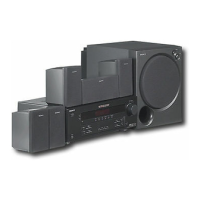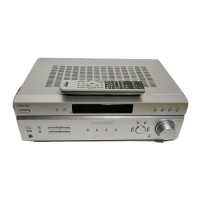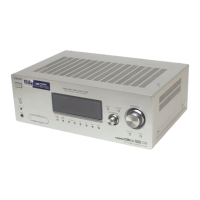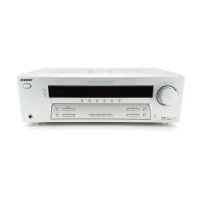Why is there no sound from the surround back speaker on my Sony HT-DDW8500?
- Ddonald99Sep 6, 2025
If there is no sound from the surround back speaker on your Sony Home Theater System, and you are playing a disc with Dolby Digital Surround EX logos, select “SB ON”. Some discs lack the Dolby Digital Surround EX flag despite having the logos.






